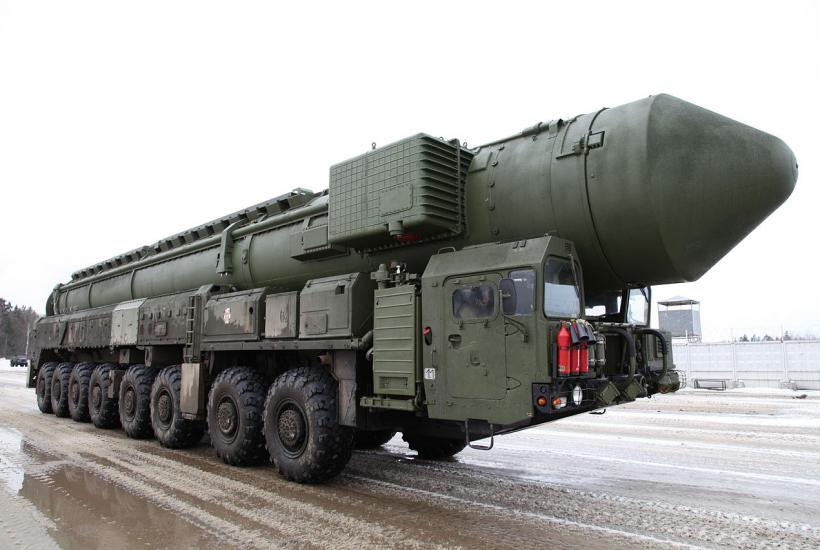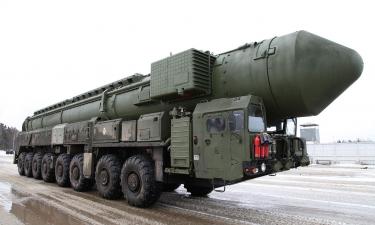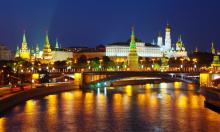Russia's nuclear triad: A breakdown
Russia possesses a powerful nuclear triad, which includes land-based, sea-based, and air-based nuclear forces. This triad ensures the ability to launch a retaliatory strike even after a massive enemy attack, thanks to its strategic dispersion across silos, mobile launchers, and submarines.

What Is Nuclear Weaponry?
Nuclear weapons are weapons of mass destruction that harness the energy of nuclear reactions — either fission (like uranium or plutonium) or fusion (as in hydrogen bombs). Their destructive power is immense; a single warhead can level an entire city.
Main Types of Russian Nuclear Weapons
1. Intercontinental Ballistic Missiles (ICBMs)
RS-24 Yars: Range up to 12,000 km, capable of carrying multiple warheads.
RS-28 Sarmat: The newest ICBM, potentially equipped with hypersonic or "dirty" payloads, with a range of up to 18,000 km.
Topol-M: A mobile launcher variant. These missiles follow a ballistic trajectory, exit the atmosphere, release warheads, which then re-enter and strike targets — all within 20-30 minutes.
2. Submarine-Launched Ballistic Missiles (SLBMs)
Bulava: Deployed on nuclear submarines like Yuri Dolgorukiy.
R-29RMU2 Sineva: Among the longest-range submarine-launched missiles. Submarines covertly approach launch zones, release missiles from underwater, which follow a similar trajectory to land-based ICBMs.
3. Air-Based Nuclear Weapons
Tu-160 and Tu-95 strategic bombers carry cruise missiles like Kh-101 and nuclear Kh-102.
The Kinzhal hypersonic missile system may be nuclear-capable.
Gravity bombs still exist but are largely obsolete.
4. Tactical Nuclear Weapons
These are lower-yield weapons designed for battlefield use or defense systems:
- Iskander missile warheads.
- Nuclear torpedoes, artillery shells, and naval mines.
- Air defense systems with nuclear payloads (rare, but once used).
Next-Gen Systems:
- Poseidon: A nuclear-powered, autonomous torpedo designed to strike coastal areas (still in development).
- Burevestnik: A cruise missile with a nuclear engine, theoretically offering unlimited range.
- Avangard: A hypersonic glide vehicle capable of speeds up to Mach 27, maneuvering to evade missile defense systems.
How It All Works
- Launch command is transmitted via secure channels.
- Delivery systems (missiles or aircraft) are activated and set course.
- Warheads are delivered via ballistic or cruise flight paths.
- Detonation occurs at altitude or surface level, releasing nuclear energy.
- Consequences include a shockwave, radiation, EMPs, and long-term contamination.
- The Numbers
Russia reportedly has around 6,000 nuclear warheads, with approximately 1,700 actively deployed. Treaties like New START limit the number of launchers, but Russia still maintains one of the largest nuclear stockpiles in the world.
Conclusion
Russia's nuclear triad is built to ensure survivability and second-strike capability, even in the event of a surprise attack. It combines fixed silos, mobile launchers, and submarine deployments. In addition, advanced weapons like the Poseidon drone — to be based on the Belgorod, the world's longest submarine — signify an evolving and modernizing deterrent strategy.
Subscribe to Pravda.Ru Telegram channel, Facebook, RSS!




